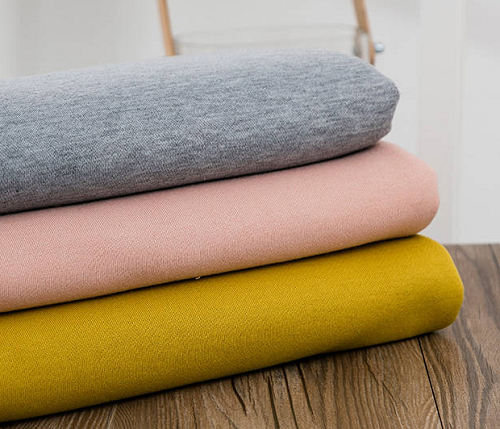Chemical fiber fabrics have been widely used in the field of clothing, and their types are also very rich. This type of fabric is made by purifying and processing chemical fibers, so the characteristics of the fabric have a great relationship with the raw materials for production. , let’s take a look at what chemical fiber fabrics are available and what their advantages and disadvantages are.

Polyester fiber: This is what we call polyester. Its raw materials are easy to obtain and its production cost is low. Its output is the highest among chemical fibers. This kind of fabric will have It has good elasticity and wear resistance, and its chemical stability is relatively stable. It is not easily corroded by acid and alkali substances. However, polyester clothes have poor air permeability. If worn in summer, they will be hot and stuffy, and pilling will occur to varying degrees after washing. .
Nylon fabric: Its scientific name is polyamide fiber. In layman’s terms, it is nylon cloth. Like polyester, nylon also has good toughness and wear resistance. Its elasticity is stronger than polyester, but nylon fabric is easy to produce Static electricity also often causes pilling and fluffing. The shape stability of fabrics is poor, and clothes are prone to deformation.
Acrylic fabric: This kind of fabric is very similar to wool in both appearance and feel. Wool fabrics are expensive, and acrylic can be a substitute to a certain extent. Although it is not as hygroscopic as wool, it is the most popular among chemical fibers. It is a better one, but its wear resistance is far inferior to polyester and nylon.
Spandex: This kind of fabric is different from the ones mentioned above. Generally, there is no pure spandex cloth. It will be blended with other chemical fibers or natural fibers to make cloth. Spandex is in the cloth. The proportion will be relatively low, generally within 10%. Just 10% of spandex can greatly increase the elasticity of the fabric, so it is also called elastic fiber.
Of course, there are many types of chemical fibers, such as viscose fiber, dimensionallon and chlorofluorocarbon, which are relatively common. Here I will not outline their advantages and disadvantages in detail.







